Debt Repayment Calculator: Snowball vs Avalanche
Your Debt Details
Method Selection
Debt Snowball
Pay smallest debts first for quick psychological wins.
Best for motivation when you've struggled with consistency before.
Average savings: 23% more motivation to continue (GLCU 2024)
Debt Avalanche
Pay highest-interest debts first to save money long-term.
Best for those with high-interest debt over $5,000.
Average savings: $1,850 in interest (Remynt 2023)
Results
Using the avalanche method saves you $425 in interest compared to snowball for your current debt mix.
However, snowball's psychological boost may help you stay consistent when motivation is low.
By the end of 2023, American households carried $17.29 trillion in debt. Credit card balances alone hit $1.08 trillion - the highest in history. If you’re drowning in payments, you’re not alone. But you also don’t have to stay there. Debt isn’t a life sentence. It’s a solvable problem - if you know which strategies actually work.
Two Ways to Attack Your Debt (And Which One Fits You)
There are two main methods to pay off debt: the debt snowball and the debt avalanche. Both get you to zero. But they work in totally different ways. The debt snowball means listing your debts from smallest to largest balance. You pay the minimum on everything except the smallest one. You throw every extra dollar at that smallest debt until it’s gone. Then you roll that payment over to the next smallest. It’s called a snowball because each paid-off debt adds momentum. Why does this work? It’s not math. It’s psychology. Crossing off a $150 medical bill feels better than saving $200 in interest on a $7,000 credit card. People who use the snowball method are 37% more likely to stick with it, according to GLCU’s 2024 data. Reddit user u/DebtFreeJourney paid off $32,000 in 22 months using this method. He says, “Seeing that first debt disappear gave me the energy to keep going.” The debt avalanche flips the script. You list debts by interest rate - highest first. You attack the one charging you the most. This saves you the most money over time. Remynt’s 2023 simulation shows the avalanche method saves the average person $1,850 in interest compared to snowball on a $15,000 debt load. So which one should you pick? - Choose snowball if you need quick wins. If your debts are mostly under $2,000 and you’ve struggled to stay motivated before, this builds confidence fast. - Choose avalanche if you’re disciplined and have high-interest debt (over 18% APR) totaling more than $5,000. The math wins here. Most people start with snowball. Once they get their first debt paid, they switch to avalanche. That’s fine. Progress beats perfection.Stop the Leak: Build a Real Emergency Fund
Here’s the brutal truth: you can pay off $20,000 in debt - and be right back where you started in six months if you don’t fix the leak. That leak? No emergency savings. One car repair. One missed shift at work. One doctor’s bill. And suddenly, you’re using credit cards again. Point.com’s 2023 guidelines say start with $1,000. Just $1,000. Put it in a separate savings account. No one can touch it. Not even you - unless it’s a true emergency. Harvard Federal Credit Union found households with even $500 in emergency savings are 63% less likely to take on new debt during a crisis. That’s not a suggestion. That’s a survival rule. Once your first debt is paid off, start building toward three to six months of living expenses. Don’t wait until you’re debt-free. Start now. Even $50 a month makes a difference.Debt Consolidation: Is It a Lifeline or a Trap?
Debt consolidation sounds like magic: “Combine all your debts into one lower payment!” But it’s not magic. It’s a tool. And tools can break if you use them wrong. There are two common ways to consolidate:- Balance transfer credit cards: Many offer 0% intro APR for 12 to 21 months. The Discover it® Balance Transfer Card, for example, gives you 18 months at 0%. But watch out: most charge a 3-5% transfer fee. If you transfer $10,000, that’s $300-$500 right off the top.
- Personal loans: Banks like Amerant Bank offer consolidation loans with APRs between 11.3% and 24.99%. Your rate depends on your credit score. If you’re approved for 12%, and your credit cards are at 22%, you’re saving money.
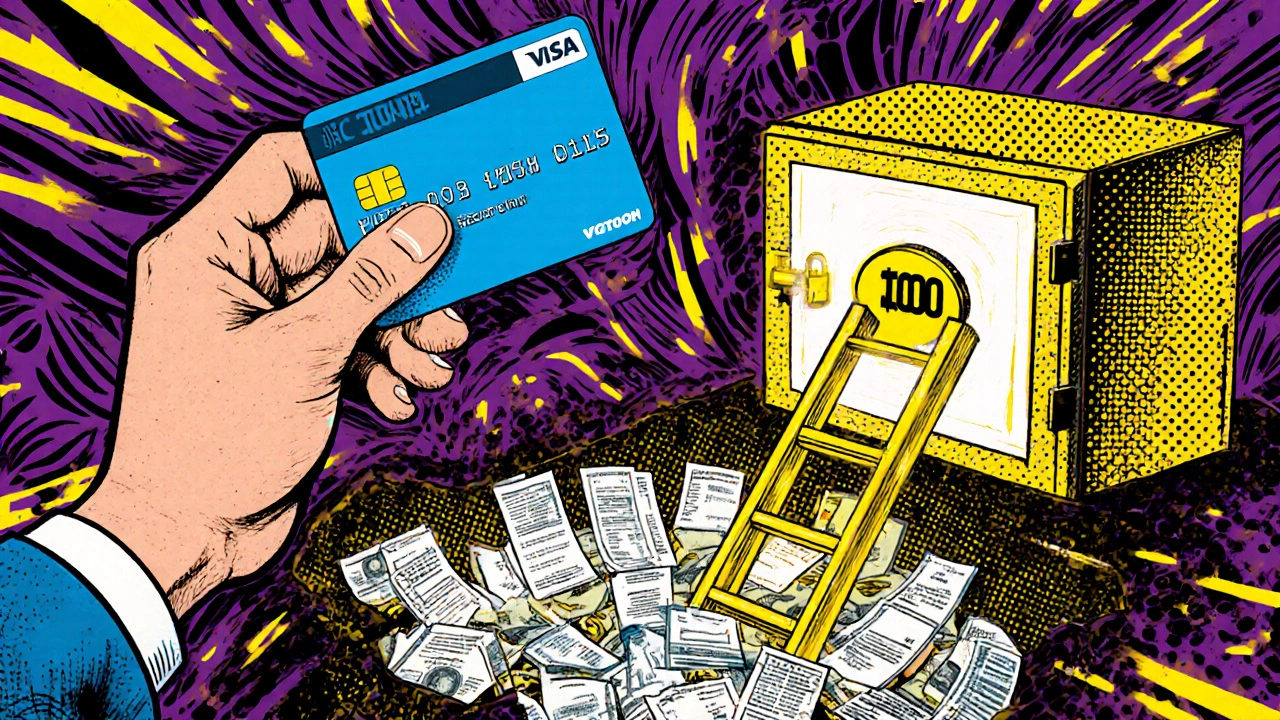
Debt Settlement: The High-Risk Shortcut
Debt settlement companies promise to reduce your balance by 40-60%. They say, “Stop paying your creditors. We’ll negotiate for you.” It sounds tempting. But here’s what they won’t tell you:- Your credit score will drop 45 to 125 points - and stay damaged for seven years.
- You’ll owe taxes on the amount they forgive. The IRS treats forgiven debt as income.
- You pay fees of 15-25% of your enrolled debt. That’s $3,000-$5,000 on a $20,000 balance.
- Completion rates? Only 35-60% of people finish the program.
Debt Management Plans: Professional Help That Works
If you’re overwhelmed, a nonprofit credit counseling agency can help. The National Foundation for Credit Counseling (NFCC) has certified counselors in 1,500 locations nationwide. A Debt Management Plan (DMP) works like this:- You make one monthly payment to the agency.
- They negotiate lower interest rates - often down to 6-9% - with your creditors.
- You pay off your debt in 3-5 years.
Build the Budget That Keeps You on Track
You can’t manage debt without knowing where your money goes. Start by tracking every expense for two to four weeks. Use a free app, a spreadsheet, or pen and paper. Then use the 50/30/20 rule as your foundation:- 50% for needs: rent, groceries, utilities, transportation
- 30% for wants: dining out, streaming, hobbies
- 20% for savings and debt repayment
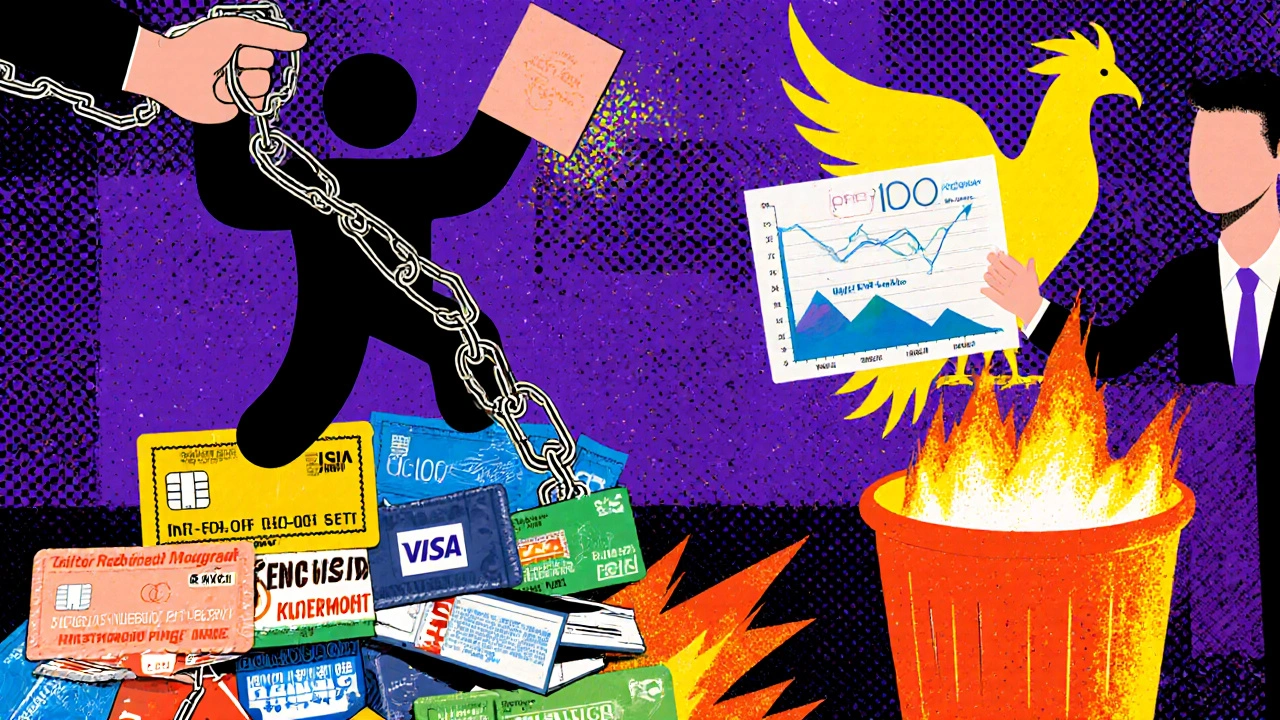
What No One Tells You About Staying Debt-Free
The hardest part isn’t paying off debt. It’s staying out of it. Financial psychologist Dr. Brad Klontz says, “The snowball method’s power isn’t math - it’s rewiring your relationship with money.” When you see progress, you start believing you can control your finances. That’s the real win. But here’s the danger: debt isn’t just about spending. It’s about stress, shame, and fear. Many people return to credit cards because they feel like they’ve earned a reward. Or because they’re afraid of not having access to cash. The fix? Build habits, not just budgets.- Use cash or a debit card for daily spending.
- Set up automatic transfers to savings the day after payday.
- Ask yourself: “Is this a need or a comfort?” before buying anything over $50.
What’s Changing in 2025
Debt management isn’t static. New tools are emerging. Amerant Bank launched an AI tool in early 2025 that analyzes 17 financial variables - income, spending patterns, credit score, debt mix - to recommend whether you should use snowball or avalanche. Beta users saw 22% higher completion rates. Employers are stepping in too. 41% of major companies now offer debt management as a benefit, according to SHRM’s 2024 survey. Why? Employees with debt lose an average of $1,498 per year in productivity. The CFPB also updated its rules in May 2024. Now, debt management programs must clearly show you the total cost, estimated timeline, and success rate before you sign up. These changes make it easier to find trustworthy help. But they don’t replace your responsibility.Final Reality Check
There’s no secret. No magic app. No loophole. Eliminating debt means spending less than you earn. Paying more than the minimum. Sticking to a plan. And changing how you think about money. The average person takes 3-5 years to get out of debt. If you’re serious, you can do it in half that time. Start today. Pick one method. Build your $1,000 emergency fund. Track your spending. And don’t look back. You’ve carried this weight long enough. Now it’s time to put it down.What’s the fastest way to pay off debt?
The fastest way mathematically is the debt avalanche method - paying off the highest-interest debt first. But psychologically, the debt snowball method often leads to faster results because it keeps people motivated. Real speed comes from consistency, not just the method. If you stick with a plan for 12 months, you’ll likely pay off more than someone who switches methods every few months.
Should I close my credit cards after paying them off?
If you’re trying to avoid falling back into debt, yes. Keeping cards open with zero balances helps your credit utilization ratio. But if you’ve used them to get into debt before, closing them removes temptation. You can always reopen them later - after you’ve built strong habits. For most people, closing them is the safer choice.
Can I pay off debt without hurting my credit score?
Yes - if you pay on time and avoid settlement. Paying down balances improves your credit utilization, which boosts your score. Debt management plans and consolidation loans don’t hurt your score if you make all payments. But missing payments, defaulting, or settling debt will damage your credit for years. The goal is to pay what you owe - not less.
Is it better to pay off small debts first or high-interest ones?
If your goal is to save money, go after high-interest debt first. If your goal is to stay motivated, start with small balances. Most people benefit from starting with small wins - even if it costs more in interest. Once you’ve paid off one or two debts, switch to the avalanche method to save more. The best strategy is the one you’ll stick with.
How long does it take to get out of debt?
It depends on how much you owe, how much you can pay monthly, and your interest rates. For someone with $15,000 in credit card debt paying $500/month, it takes about 3 years using the avalanche method. With snowball, it might take 3.5 years. With a debt management plan, it’s typically 3-5 years. The key isn’t speed - it’s consistency. Paying $100 extra every month can cut your timeline in half.
Are debt management companies worth it?
Nonprofit credit counseling agencies like NFCC-certified organizations are worth it if you’re overwhelmed and need structure. They lower your interest rates and help you create a plan. But avoid for-profit debt settlement companies. They charge high fees, hurt your credit, and don’t guarantee results. Always check if an agency is NFCC-certified before signing up.
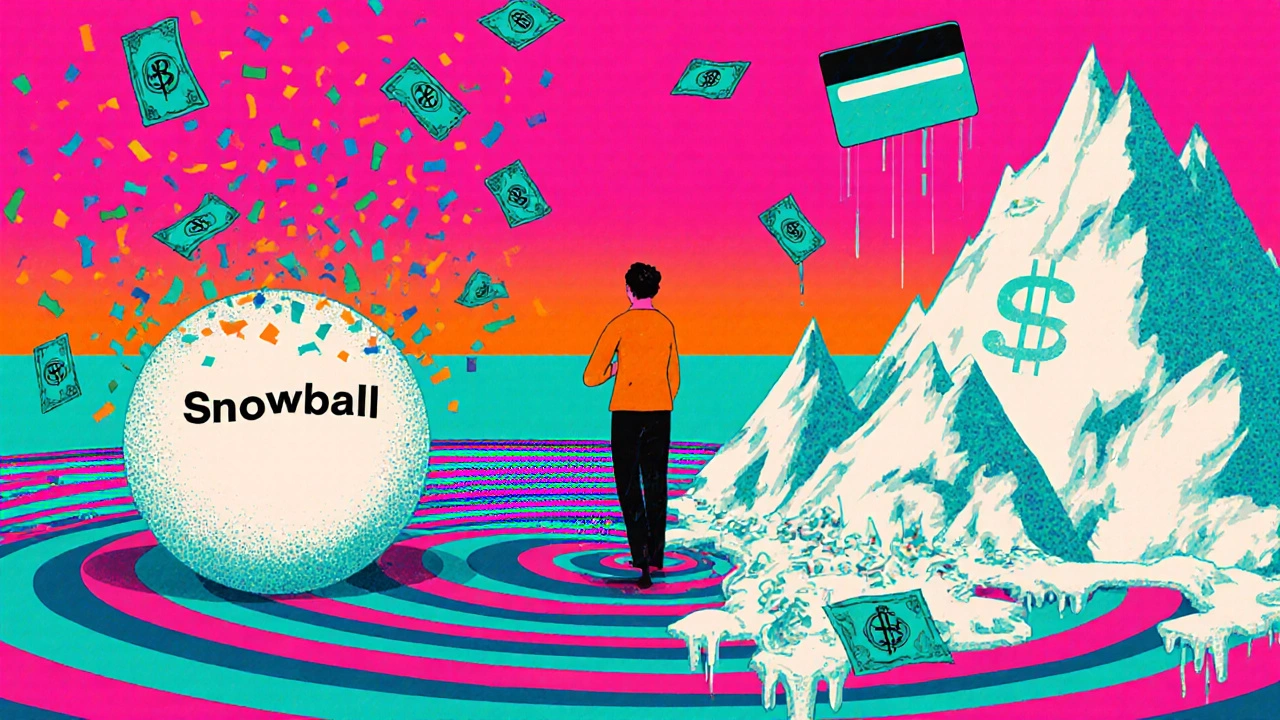

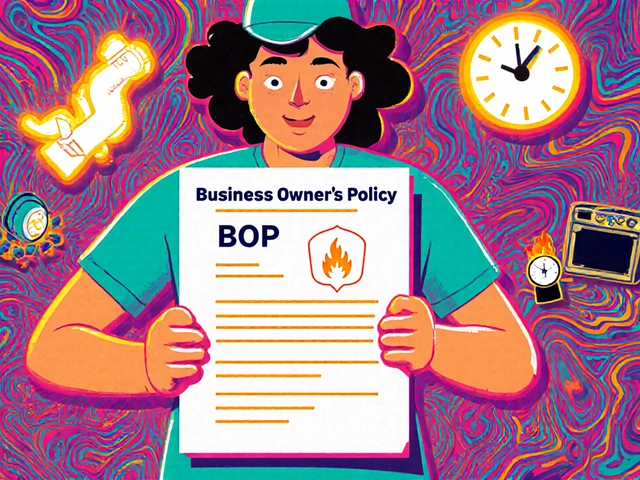
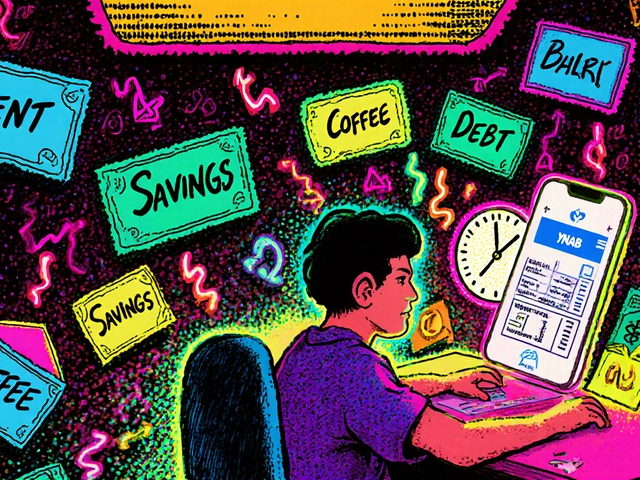
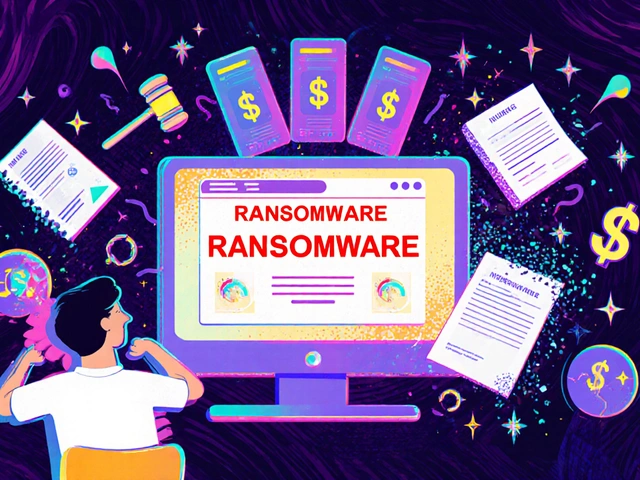
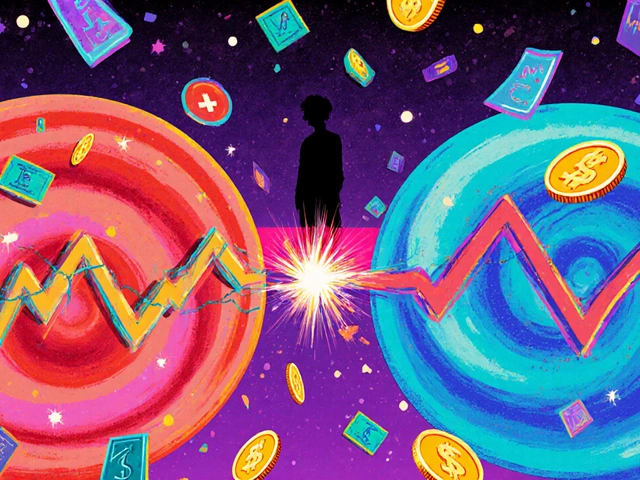
Comments
OMG YES. The snowball method is pure psychological rocket fuel. I paid off $18k in 14 months by starting with my $400 medical bill - that first win felt like cracking open a soda after being thirsty for a year. The math doesn’t care, but your brain? It fucking screams for wins. Once you get that momentum, you start treating your budget like a video game - every paid-off debt is a level up. And yeah, I switched to avalanche after that first one. But without the snowball? I’d’ve quit by month 3.
Also - emergency fund first. $1k isn’t a suggestion, it’s your financial airbag. I learned this the hard way when my car died and I had to put it on a card. Don’t be me.
And STOP USING CREDIT CARDS IF YOU’RE NOT A FINANCIAL NINJA. Debit or cash. Period.
Let’s be brutally precise: the avalanche method is objectively superior from a financial standpoint. The snowball is a feel-good placebo wrapped in financial advice. If you’re rational, disciplined, and capable of delayed gratification - which, by the way, is the bare minimum requirement for financial survival - you do not choose the snowball. You choose the avalanche.
Interest compounds. It doesn’t negotiate. It doesn’t care about your emotional needs. A 22% APR on $5,000 is $916.67 in interest per year. The snowball saves you zero of that. The avalanche saves you nearly all of it. The 37% ‘stickiness’ statistic? That’s not proof of effectiveness - it’s proof of human weakness. We are not designed for delayed gratification. That’s why we need systems, not slogans.
And consolidation? Only viable if you close the cards. If you don’t, you’re not solving debt - you’re staging a financial heist on your future self. And debt settlement? That’s not a strategy. It’s financial self-sabotage with a marketing budget.
Bottom line: math wins. Emotion loses. Build systems. Follow them. No exceptions.
There is something deeply human about the way we carry debt - it is not merely numbers on a screen, but the weight of fear, of shame, of believing we are not enough. The snowball method, though mathematically inefficient, speaks to the soul’s need for visible progress, for small victories that whisper, ‘You are still capable.’
I have seen friends lose everything to debt, then find themselves again not because they calculated interest rates with precision, but because they crossed off one $200 bill and felt, for the first time in years, that they were not powerless.
And yet - the avalanche is the path of the disciplined mind. It is the path of the scientist who knows that entropy must be countered with order. Perhaps the true wisdom lies not in choosing one over the other, but in understanding that we are both creature and architect - we need the warmth of the snowball to keep going, and the cold logic of the avalanche to survive.
But let us not forget: no method, no plan, no app can replace the daily choice to say ‘no’ to comfort, and ‘yes’ to dignity. The real debt is not the money owed - it is the promise we made to ourselves, long ago, that we would one day be free. And that promise? It is kept not in spreadsheets, but in quiet, stubborn acts of self-respect.
So start with $1,000. Not because it’s a rule - but because it is the first brick in the wall you are building between your past and your future.
And if you stumble? You are not broken. You are becoming.